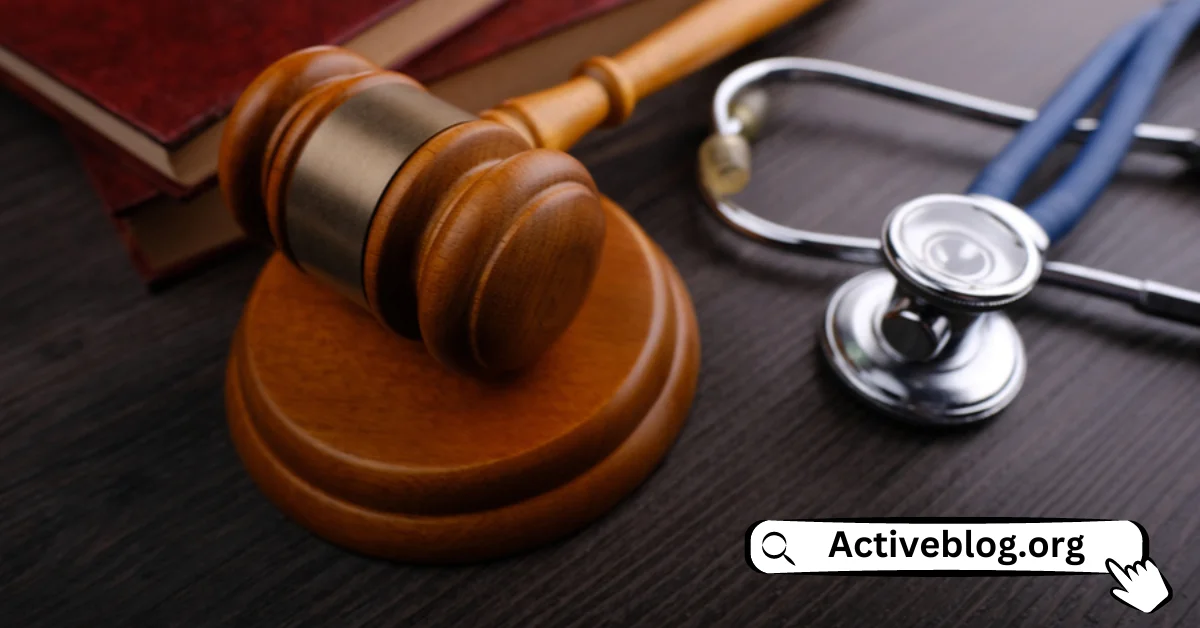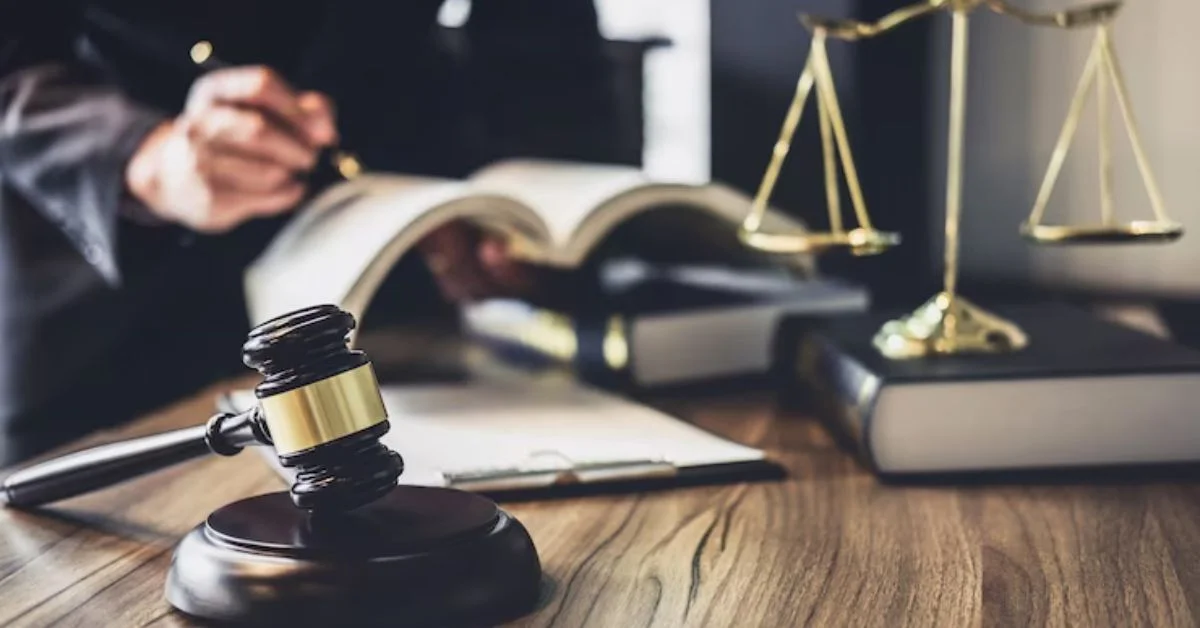Accidents happen, and unfortunately, personal injuries can occur as a result. Whether you have been involved in a car accident, slip and fall incident, or any other type of accident, it is important to know the steps to take after sustaining a personal injury. These steps are crucial in protecting your rights, ensuring proper medical care, and seeking compensation for your damages. In this guide, we will walk you through the essential steps to take after sustaining a personal injury, with insights from an experienced attorney such as glrinjuryattorneys.com.
1. Seek Medical Attention
One of the first and most important steps to take after sustaining a personal injury is to seek medical attention. Even if you believe your injuries are minor, it is essential to have a medical professional evaluate your condition. Some injuries may not present immediate symptoms but can worsen over time. Additionally, having medical documentation is crucial when filing a personal injury claim. It provides evidence of your injuries and the necessary treatment you received.
2. Report the Incident
Regardless of the type of accident, it is important to report the incident to the appropriate authorities. If you are involved in a car accident, contact the police and file a report. In slip and fall cases, report the incident to the property owner or manager. If you were injured at work, inform your employer and complete an incident report.
3. Gather Evidence
Collecting evidence is crucial in building a strong personal injury claim. Take photos of the accident scene, your injuries, and any property damage. Make sure to document any hazardous conditions, defective products, or other factors that contributed to your injuries.
4. Consult with an Attorney
After sustaining a personal injury, it is highly recommended to consult with an experienced personal injury attorney. An attorney can provide valuable guidance and help you navigate the complex legal process. They can evaluate your case, determine liability, and advise you on the best course of action.
5. File an Insurance Claim
Once you have sought medical attention and consulted with an attorney, it is time to file an insurance claim. Contact the insurance company of the party responsible for your injuries and report the incident. Provide them with all the necessary documentation and be truthful about the details of the accident.
6. Preserve Evidence and Document Expenses
Throughout the process, it is crucial to preserve all evidence related to your accident and injuries. Keep copies of all medical bills, receipts for out-of-pocket expenses, and records of any lost wages or income. These documents will help establish the financial impact of your injuries and ensure you receive proper compensation.
7. Negotiate or File a Lawsuit
After filing an insurance claim, the negotiation process begins. Your attorney will work on your behalf to negotiate a fair settlement with the insurance company. They will rely on the evidence gathered and their knowledge of personal injury law to advocate for the compensation they deserve.
Conclusion
Sustaining a personal injury can be a challenging and overwhelming experience. However, by following the steps outlined in this guide, you can protect your rights, seek proper medical care, and pursue compensation for your damages. Remember to consult with an experienced personal injury attorney who can provide you with personalized guidance and support throughout the process. Ultimately, taking these steps will help you achieve the best possible outcome in your personal injury case.










